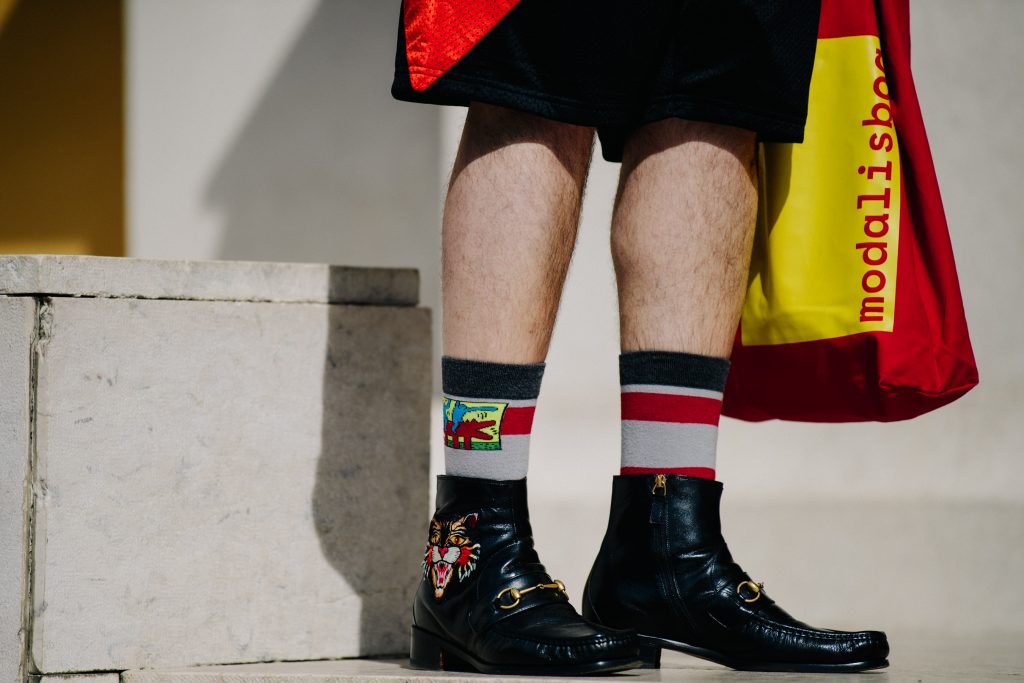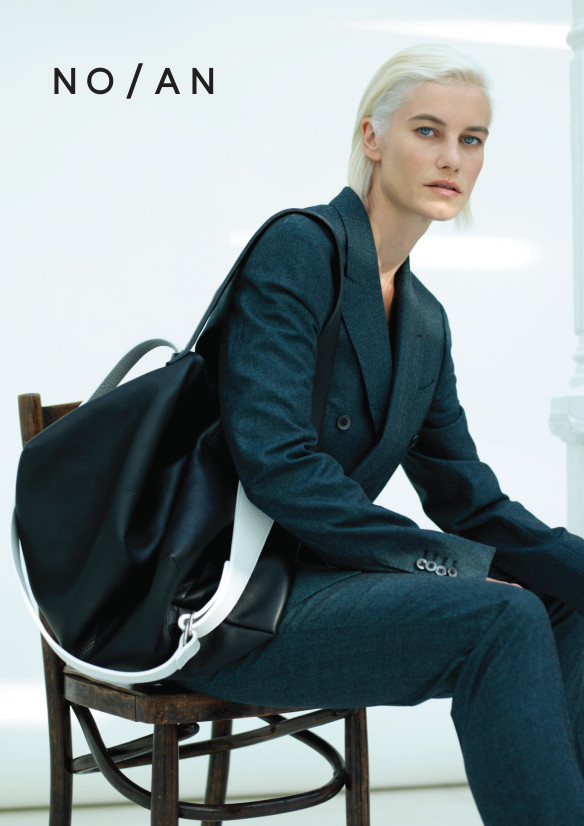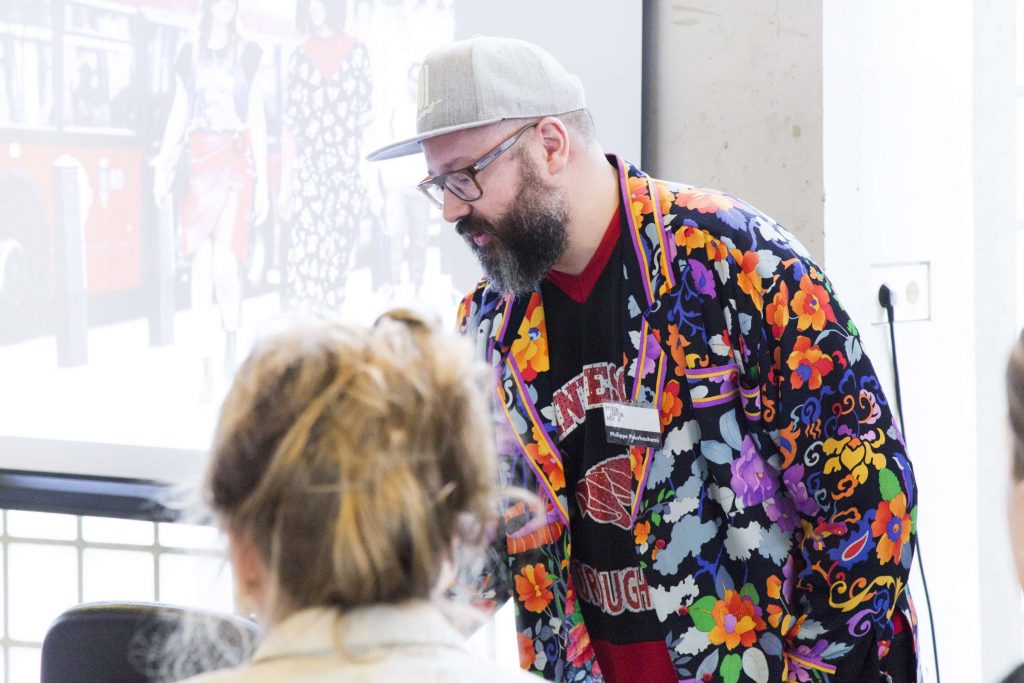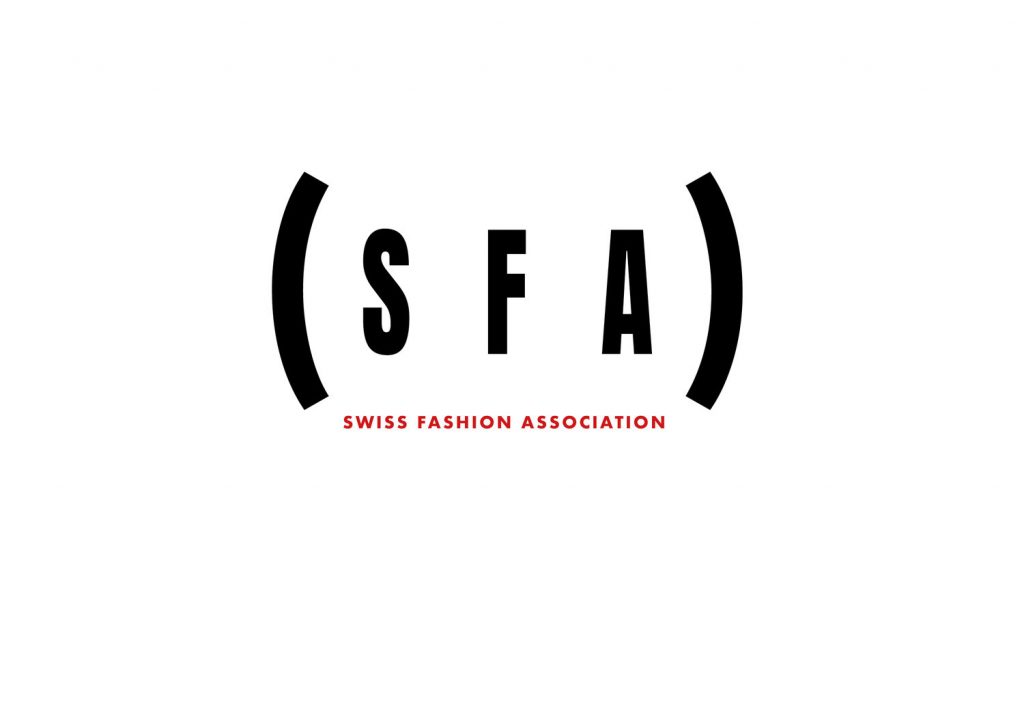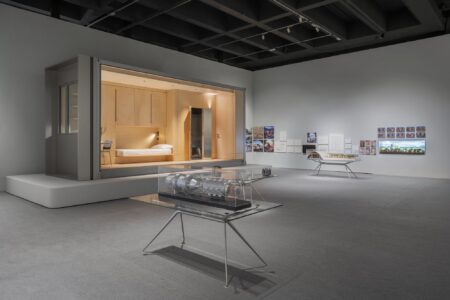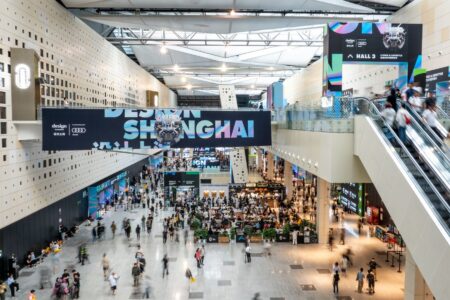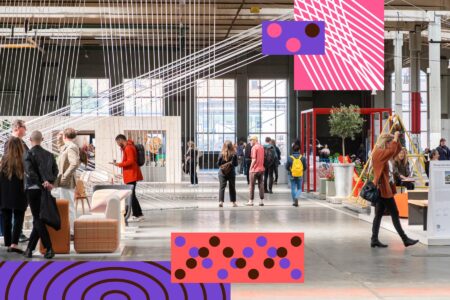Philippe Pourhashemi Fashion, if it makes sense
Journalist, artistic director and communications consultant for young designers, this citizen of the world, who studied foreign languages in Glasgow, has an informed but not blasé perspective on a transforming industry.
TLmag: You have an unusual approach to journalism. Is this a consequence of your studies or your way of looking at fashion?
Philippe Pourhashemi: I began by studying foreign languages and civilisations in Scotland. During my studies, I learned Italian, English and German. So my background is not at all in fashion. When I returned to Paris after my Master’s, it was suggested that I get a PhD in cultural science. Around that time, I met the sales director of Balenciaga. She also hadn’t come from the fashion industry. She was very interested by my profile, and my desire to learn. This career start to put me in contact with the press, buyers, stylists, etc, and enabled me to develop an understanding of some of the fundamentals of the fashion business, such as the need to offer both runway pieces and more commercial items, in the same season. I didn’t get into writing until later, around 2007.
TLmag: You travel around the world. How do you see Belgian fashion?
P.P.: Belgium is a small country that is fed by a myriad of different influences. Yet, paradoxically, it is also a breeding ground for talents: designers, photographers, models, fashion show producers, etc. I often ask myself where this creativity comes from? I think it comes out of a certain resistance to trends. Belgians are known for the quality of their offerings and for their ability to redefine style, to invent a new fashion vocabulary. They are proof that you can succeed internationally without a lot of advertising, or even leaving your country. Like the Japanese, they don’t try to make a big noise. They have a humbler approach.
Man wearing Gucci bootsTLmag: The Antwerp Six are now part of the older generation. Where should we be looking today?
P.P.:I am fascinated by this new Belgian generation – comprising women – which, in the wake of Filles à Papa, has succeeded in creating brands and giving them true credibility on the international level. I am thinking in particular of Façon Jacmin for denim, 42/54 for sportswear, and NO/AN, an accessories label I have been following for years.
NO/AN, AW19TLmag: The fashion world is in full transformation. How do you see the changes that are currently taking place?
P.P.:I have a very paradoxical view of fashion. On the one side, we find ourselves surrounded by a virtual industry made up of brands created on Instagram, of celebrities who are improvised designers, while designers have fallen into the trap of show-business. Is this still fashion? On the other side, I see the keen interest of the press and consumers for new equitable and ecological brands. Take Marine Serre, a designer who studied in Belgium. 50% of her collection uses recycled materials. These creators incorporate moral values in their clothes. Just as Martin Margiela did, 30 years ago. At the time, no-one understood his approach. Today, ethical awareness is a real thing.
TLmag: With such an overdose of brands and projects, does it still make sense to create a new brand?
P.P.:Fashion is intimately linked to the concept of seduction. It is difficult, in such a situation, to prevent a designer from creating consumer desire. But if we look at all the brands that are launched each year, barely 10% succeed. Proof that the industry practices its own natural selection. Fashion is ephemeral. I think we need to accept that.Provided that they have real desire and real potential, I always encourage young designers to give it a try. It’s a learning opportunity, a school of life. But what is more problematic is how the press lionises certain young people who, having received a prize or two, are then catapulted into the world of showrooms and trade fairs without preparation. This constant need for something new is one of the main faults of our sector.
Philippe Pouhashemi coachingTLmag: We cannot speak about fashion, without speaking about transparency, ethics and ecology. Beyond the buzz, does the sector do enough in this sense?
P.P.:If you are asking me if it is a good idea to send journalists to the other side of the world to cover a 10 minute fashionshow, I would say no. Especially since brands that don’t make any efforts in terms of ethics or ecology have no hope of attracting the new generation of consumers. But we have to be careful with these questions. Runway shows create employment. Should we put all these people out of work? On a personal level, I have reduced the number of trips I make, and I no longer buy any ‘fast fashion’ clothing. That’s my way of choosing my side.
TLmag: Your profession, as a journalist, is also in transformation. How do you approach this?
P.P.:In a hybrid way, in the sense that I do not see it as an end in and of itself. For me, it is simply a platform that opens other doors for me. In parallel, I am collaborating with WBDM on support programmes for designers, and I have also set up the Swiss Fashion Association. This year, we will be present at the Who’s Next fair to promote Swiss talents. It’s a way to upend the clichés by showing the multicultural character of the country and, for me, is a path to return to the more business side of fashion.
